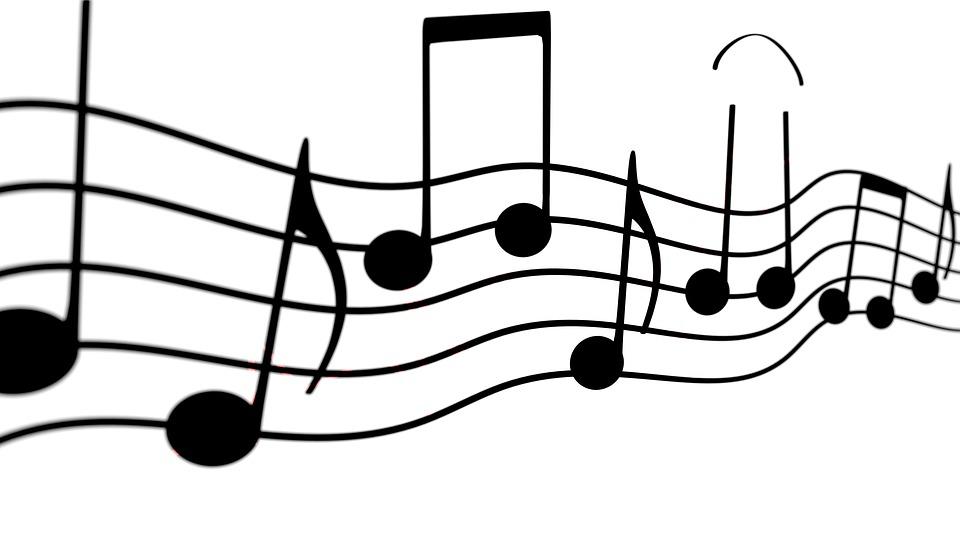
Can you trademark a sound? This is a question that comes up from time to time. The answer to this is yes.
A brand is not only recognized by its name and logo, but may also be recognized by its sound. Consider the sound of the famous MGM’s roaring lion, the Looney tunes show, the Mister Softee’s ice cream truck jingle, or the popular Lexus and Intel Inside’s advertisement? These sounds are so well registered in public’s mind that they can easily associate them with the brand. And, any brand aspect that holds goodwill and is your key to success calls for trademark protection. So, if you have a distinctive sound that has charmed the public, then you may want to protect it. However, there are many things you need to consider before applying for a trademark. Read on to find out:
Sound Trademark Protection Canada
Although sounds can be trademarked in Canada, it is not easy to secure protection for them. This is because the standards to trademark a sound are very stringent. The Canadian Intellectual Property Office (CIPO) will not trademark any and every sound. You need to make sure that you have a protectable sound mark. Today, commonplace sounds, like the alarm clock or a chirpy clock, cannot be trademarked. You need to have a truly distinctive sound mark. Plus, you must be able to prove a strong presence in the market before you can argue that sound distinguishes your business and is implanted in the mind of the listeners. Even the famous Harley-Davidson couldn’t provide a satisfactory argument that the thumping of a reviving Harley was distinct enough to qualify as a sound trademark. You must also bear in mind that functional sound marks may not be registrable, as the exclusive right may put competitors at a disadvantage, especially, if the sound affects the quality and cost of goods and services. A trademark law firm can help determine the distinctiveness.
Registration of Sound Trademarks in Canada
If you’ve determined that your sound mark is unique, then you can proceed to apply for registration. A trademark law firm can guide you through the application process. Although the procedure is similar to name and logo marks, there are certain requirements that you need to fulfill. An application of a sound trademark must include –
- A statement that the application is for the registration of a sound mark
- Drawings that represent your sound mark graphically
- An accurate description of the sound
- An electronic recording of the sound that must be in specified formats as required by the CIPO
The eligibility rules for other brand marks apply to sound marks.
If you want to trademark the sound that holds goodwill for your brand, then consult a trademark agent at a law firm.





